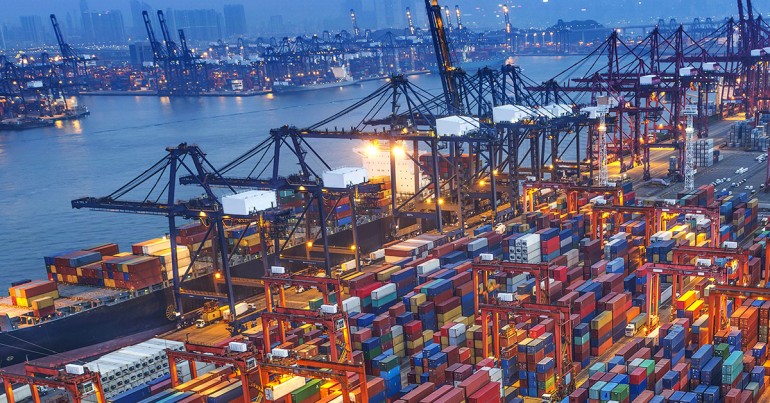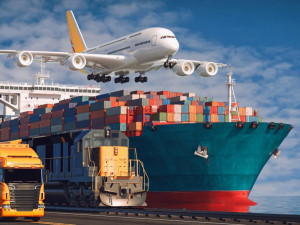
For an import export business, there are myriad factors that affect one’s base level of profitability. Companies in the industry face several obstacles when entering new markets, and must handle barriers to trade that include standard tariffs and limited number of foreign goods suppliers, but also difficulties that aren’t in the financial realm. Trade barriers come in the form of restrictive standards for packaging or labeling, licensing, and sanitation as well. A small business that seeks to expand must traverse a veritable minefield of trade barriers, both political and regional, but there are ways to succeed without disruptive costs or bureaucracy.

One of the most common strategies for an import and export business is to stretch into new territories that are a part of their country’s free trade agreement (FTA). An FTA often eliminates many of the most insurmountable problems they would have otherwise faced, such as the biggest tariffs, quotas, and intellectual property laws. There will likely remain some small procedural snags lost in translation, but most countries involved in an FTA make it easy to report a trade barrier via the government’s website.
However, the difficulties above assume that a business has already established a meaningful place in the FTA where it’s exporting. Arguably the largest of the international trade barriers is simply the issue of building a remote presence, in the sense of marketing, supply chains and a tangible brick and mortar location if necessary. A physical store or warehouse is often required by an importing country if a business wants to bypass many of the most significant import barriers. It’s also possible to enter into an affiliate relationship with a local company, or otherwise organize a legal corporate entity in the destination jurisdiction. It’s also a solid strategy to hire a fiscal representative from an FTA-member country with favorable tax or VAT laws, which is essentially a foot in the door for other countries in the FTA.

For smaller exporters or importers, it’s more vital to have a deep, liquid pool of capital to draw from alongside their local physical presence. Dealing in the local currency reduces exposure to shifting exchange rates and foreign transaction fees, but also helps one serve their clients better. Money must be moved initially, likely in bulk, to a bank account tied to the business’s local entity, but this is often the most expensive step. Banks take exorbitant fees for moving cash across borders, cutting into a small operation’s more sensitive bottom line. Even for import export businesses without a brick and mortar location, using a distributor relationship model also begs the presence of local capital.
Services like currencytransfer.com are commonly used by exporters and importers alike to gain an edge when they need to pay a distributor, local employees, and other bills. Decision-makers can obtain up to 85% reduced transfer costs with our marketplace, which are multiplied when considering that a trusty distributing agent can be relied on to inexpensively navigate customs, special taxes and other duties. Economies in every country are constantly shifting and vying for position among competitors on the world stage, making it a natural imperative to stay one step ahead of the trends. With a close eye on new international agreements and disputes, and the right tools for expansion, a smaller exporter importer can reach new markets with greater agility and successfully avoid the adverse effects of trade barriers.



